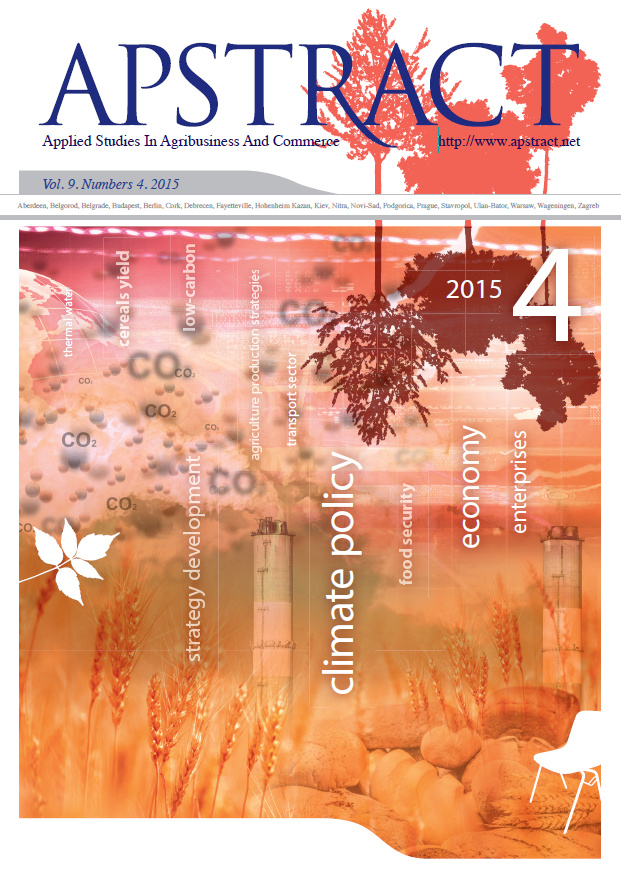Low-carbon innovation policy with the use of biorenewables in the transport sector until 2030
Authors
View
Keywords
How To Cite
Abstract
The topic of the present study deals with the changes and future trends of the European Union’s climate policy. In addition, it studies the manner in which Hungary’s transport sector contributes to the success of the above. The general opinion of Hungarian climate policy is that the country has no need of any substantial climate policy measures, since it will be able to reach its emission reduction targets anyway. This is mostly true, because the basis year for the long term goals is around the middle/end of the 1980’s, when Hungary’s pollution indices were entirely different than today due to former large-scale industrial production. With the termination of these inefficient energy systems, Hungary has basically been “performing well” since the change in political system without taking any specific steps in the interest of doing so. The analysis of the commitments for the 2020-2030 climate policy planning period, which defined emissions commitments compared to 2005 GHG emissions levels, has also garnered similar political reactions in recent years. Thus, it is not the issue of decreasing GHG emissions but the degree to which possible emissions can be increased stemming from the conditions and characteristics of economic growth that is important from the aspect of economic policy. In 2005, the Hungarian transport sector’s emissions amounted to 11 million tons, which is equal to 1.2% of total EU emissions, meaning it does not significantly influence total transport emissions. However, the stakes are still high for developing a low GHG emission transport system, since that will decide whether Hungary can avoid those negative development tendencies that have plagued the majority of Western European transport systems. Can Budapest avoid the scourge of perpetual smog and traffic jams? Can it avert the immeasurable accumulation of externalities on the capital city’s public bypass roads caused by having road transport conduct goods shipping?
JEL classification: Q58


 https://doi.org/10.19041/APSTRACT/2015/4/6
https://doi.org/10.19041/APSTRACT/2015/4/6




